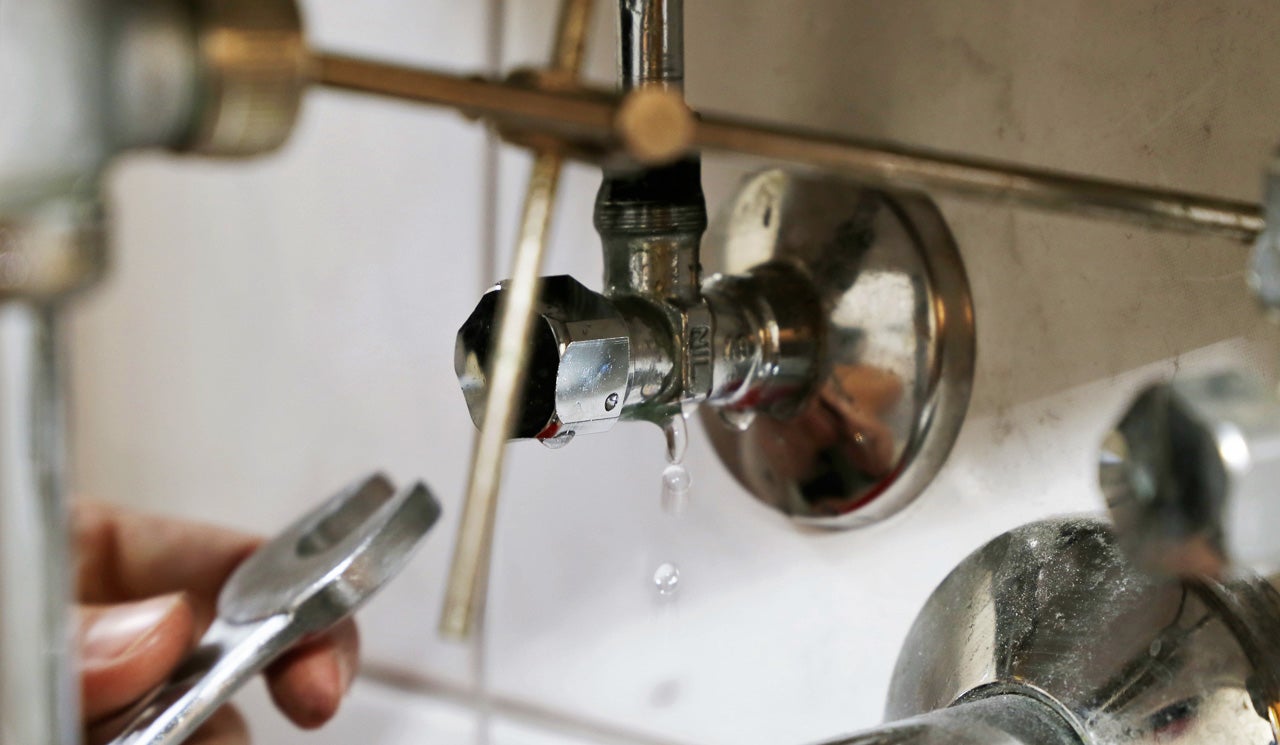This great article which follows in relation to Finding hidden leaks is fairly engaging. Read it for your own benefit and figure out what you think of it.

Early detection of leaking water lines can alleviate a prospective calamity. Some little water leaks may not be visible.
1. Examine the Water Meter
Every house has a water meter. Examining it is a guaranteed way that helps you uncover leakages. For beginners, turn off all the water resources. Make certain no person will purge, make use of the faucet, shower, run the cleaning maker or dishwasher. From there, most likely to the meter and watch if it will certainly change. Since nobody is using it, there must be no motions. That shows a fast-moving leakage if it moves. Also, if you spot no changes, wait a hr or more and examine back again. This implies you may have a slow leakage that can also be below ground.
2. Examine Water Intake
Analyze your water bills and track your water intake. As the one paying it, you must notice if there are any type of disparities. If you spot sudden changes, in spite of your intake coinciding, it indicates that you have leaks in your plumbing system. Remember, your water costs should drop under the same array each month. An unexpected spike in your bill suggests a fast-moving leakage.
A steady increase every month, also with the exact same practices, shows you have a slow-moving leak that's likewise gradually intensifying. Call a plumber to thoroughly inspect your building, particularly if you feel a warm area on your floor with piping beneath.
3. Do a Food Coloring Test
When it comes to water consumption, 30% comes from bathrooms. If the shade in some way infiltrates your dish throughout that time without flushing, there's a leak between the tank and dish.
4. Asses Outside Lines
Do not fail to remember to check your outdoor water lines too. Examination faucets by connecting a yard hose pipe. Ought to water leak out of the connection, you have a loosened rubber gasket. Replace this as well as guarantee all connections are tight. It will assist obtain it expertly analyzed and preserved yearly if you've obtained a sprinkler system. One little leakage can waste tons of water and also increase your water bill.
5. Evaluate and also Assess the Situation
Home owners must make it a practice to check under the sink counters and also inside cabinets for any kind of bad odor or mold and mildew development. These two warnings show a leakage so punctual attention is needed. Doing routine inspections, even bi-annually, can conserve you from a major problem.
Examine for discolorations and also compromising as many pipelines and also home appliances have a life expectations. If you suspect dripping water lines in your plumbing system, do not wait for it to intensify.
Early discovery of leaking water lines can reduce a potential catastrophe. Some little water leaks might not be noticeable. Checking it is a surefire method that assists you uncover leaks. One little leakage can squander loads of water and also increase your water costs.
If you think leaking water lines in your plumbing system, do not wait for it to rise.
WARNING SIGNS OF WATER LEAKAGE BEHIND THE WALL
PERSISTENT MUSTY ODORS
As water slowly drips from a leaky pipe inside the wall, flooring and sheetrock stay damp and develop an odor similar to wet cardboard. It generates a musty smell that can help you find hidden leaks.
MOLD IN UNUSUAL AREAS
Mold usually grows in wet areas like kitchens, baths and laundry rooms. If you spot the stuff on walls or baseboards in other rooms of the house, it’s a good indicator of undetected water leaks.
STAINS THAT GROW
When mold thrives around a leaky pipe, it sometimes takes hold on the inside surface of the affected wall. A growing stain on otherwise clean sheetrock is often your sign of a hidden plumbing problem.
PEELING OR BUBBLING WALLPAPER / PAINT
This clue is easy to miss in rooms that don’t get much use. When you see wallpaper separating along seams or paint bubbling or flaking off the wall, blame sheetrock that stays wet because of an undetected leak.
BUCKLED CEILINGS AND STAINED FLOORS
If ceilings or floors in bathrooms, kitchens or laundry areas develop structural problems, don’t rule out constant damp inside the walls. Wet sheetrock can affect adjacent framing, flooring and ceilings.
https://www.servicemasterbyzaba.com/blog/how-to-detect-water-leakage-in-walls/

As a passionate reader on Leaking water lines, I figured sharing that article was worthwhile. Feel free to take the time to share this post if you appreciated it. I praise you for your time. Come back soon.